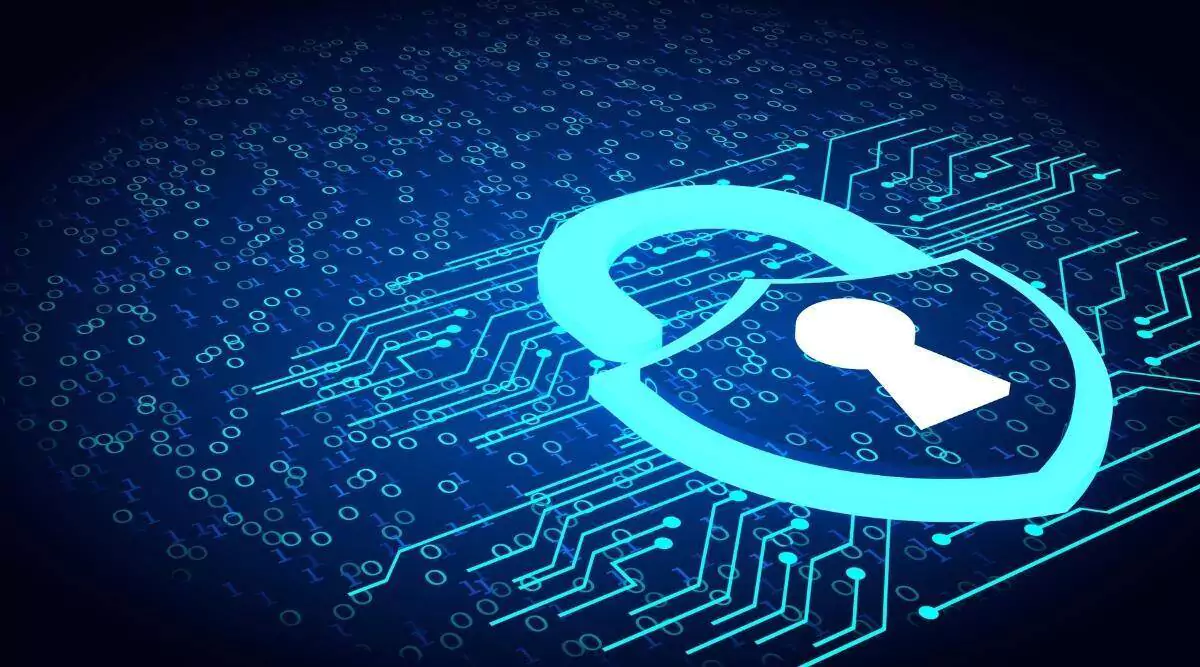India’s Digital Public Infrastructure (DPI)
India’s Digital Public Infrastructure (DPI) has revolutionized governance, public service delivery, and economic growth by leveraging digital platforms like Aadhaar, DigiLocker, and the Open Network for Digital Commerce (ONDC). With a vision to promote inclusivity, transparency, and efficiency, India has positioned its DPI as a global model through initiatives like India Stack Global and collaborations with countries worldwide.
Key Concepts and Definitions
Digital Public Infrastructure (DPI)
Definition:
Digital Public Infrastructure (DPI) refers to foundational digital systems designed to enable the delivery of essential public services by ensuring accessibility, security, and interoperability. Similar to how physical infrastructure supports industrial growth, DPI acts as the digital backbone of a modern economy, facilitating seamless interactions between governments, businesses, and citizens.
Key Characteristics:
- Accessibility: Ensures that public services are available to all citizens, including marginalized and rural communities.
- Security: Protects personal data and prevents unauthorized access through robust cybersecurity measures.
- Interoperability: Allows different digital systems to work together, ensuring seamless data exchange and integration across sectors.
Core Components of DPI:
- Digital Identity Systems
- Aadhaar:
- The world’s largest biometric-based digital identity system, providing each individual with a unique 12-digit number.
- Enables real-time authentication using fingerprints, iris scans, or OTPs.
- Eliminates duplicate and fake identities, ensuring targeted delivery of welfare services.
- Integrated with platforms like DigiLocker and e-KYC for secure document verification.
- Aadhaar:
- Digital Payment Systems
- Unified Payments Interface (UPI):
- India’s leading digital payment platform, processing 1,388 crore transactions in June 2024 alone.
- Provides real-time payments using smartphones, QR codes, and digital wallets.
- Promotes financial inclusion by enabling cashless transactions even in remote areas.
- Digital Rupee (Central Bank Digital Currency - CBDC):
- Launched by the Reserve Bank of India (RBI) in December 2022 to modernize the financial system.
- Reduces the cost of currency management and enables cross-border payments.
- Unified Payments Interface (UPI):
- Public Digital Services
- DigiLocker:
- Digital platform for storing and verifying documents like driving licenses, PAN cards, and academic certificates.
- Over 30 crore users with 675 crore issued documents, supporting both government departments and private companies.
- Open Network for Digital Commerce (ONDC):
- Interoperable digital platform that democratizes e-commerce, allowing 30 million sellers and 10 million merchants to connect with consumers.
- Co-WIN Platform:
- Managed COVID-19 vaccinations for 3 billion people, providing real-time tracking and digital certificates.
- Repurposed for routine immunization programs across India.
- DigiLocker:
- Data Infrastructure
- MeghRaj Cloud Services:
- Provides cloud services to government departments, supporting e-governance and data storage.
- Reduces IT costs and enhances the scalability of government services.
- National Data Centres (NDCs):
- Located in Delhi, Pune, Bhubaneswar, and Hyderabad, with a new centre in Guwahati, Assam.
- Offer 100PB of storage capacity with advanced systems like All Flash Storage and Object Storage.
- Support cloud computing, AI/ML applications, and disaster recovery.
- BharatNet Project:
- Aims to provide high-speed broadband connectivity to 600,000 villages, bridging the urban-rural digital divide.
- MeghRaj Cloud Services:
- Cybersecurity Frameworks
- Cybersecurity Measures:
- Protect digital assets from cyber threats, ensuring the security of sensitive data.
- Includes encryption protocols, firewalls, and multi-factor authentication to safeguard government databases.
- Response mechanisms like the Indian Computer Emergency Response Team (CERT-In) address cybersecurity incidents
- Cybersecurity Measures:













